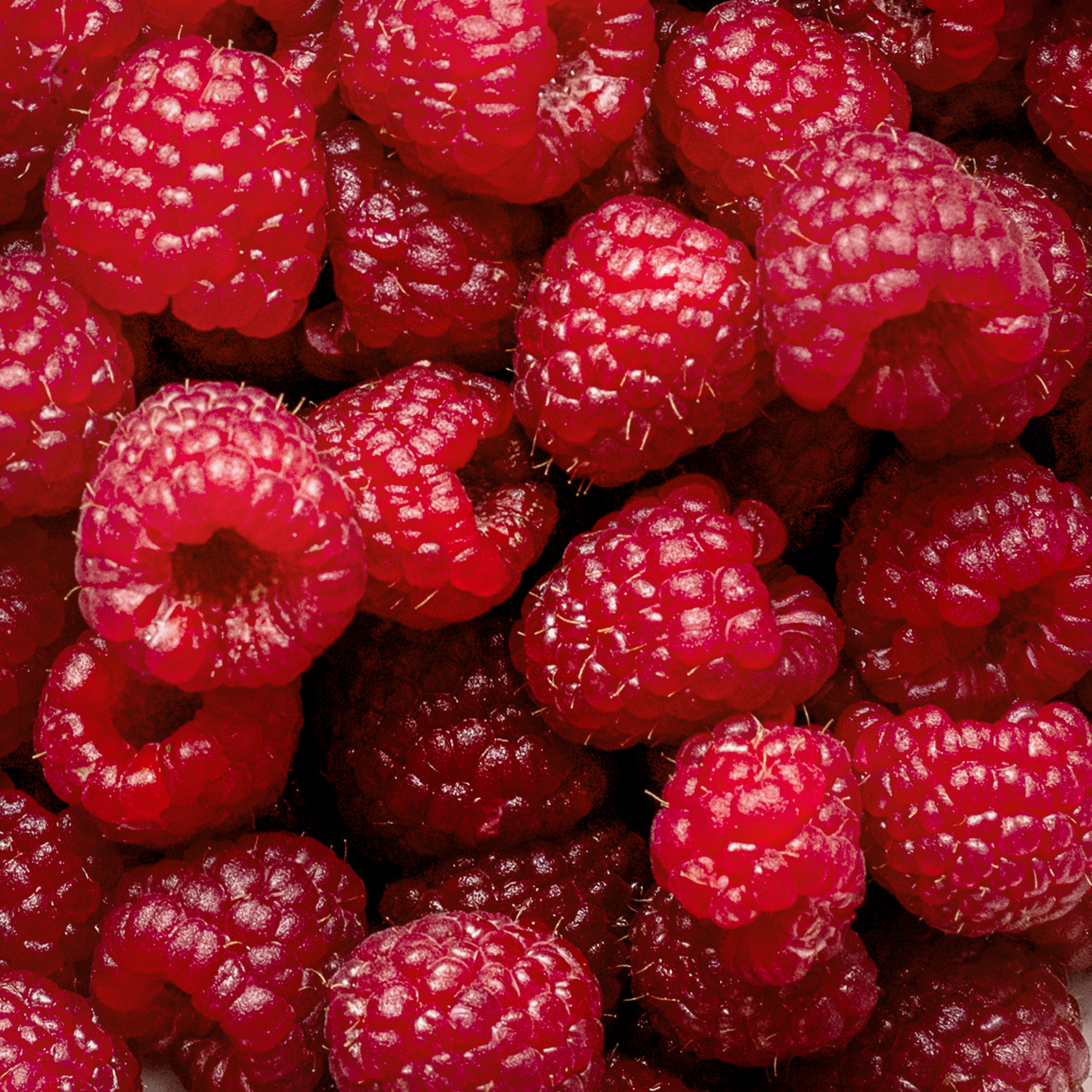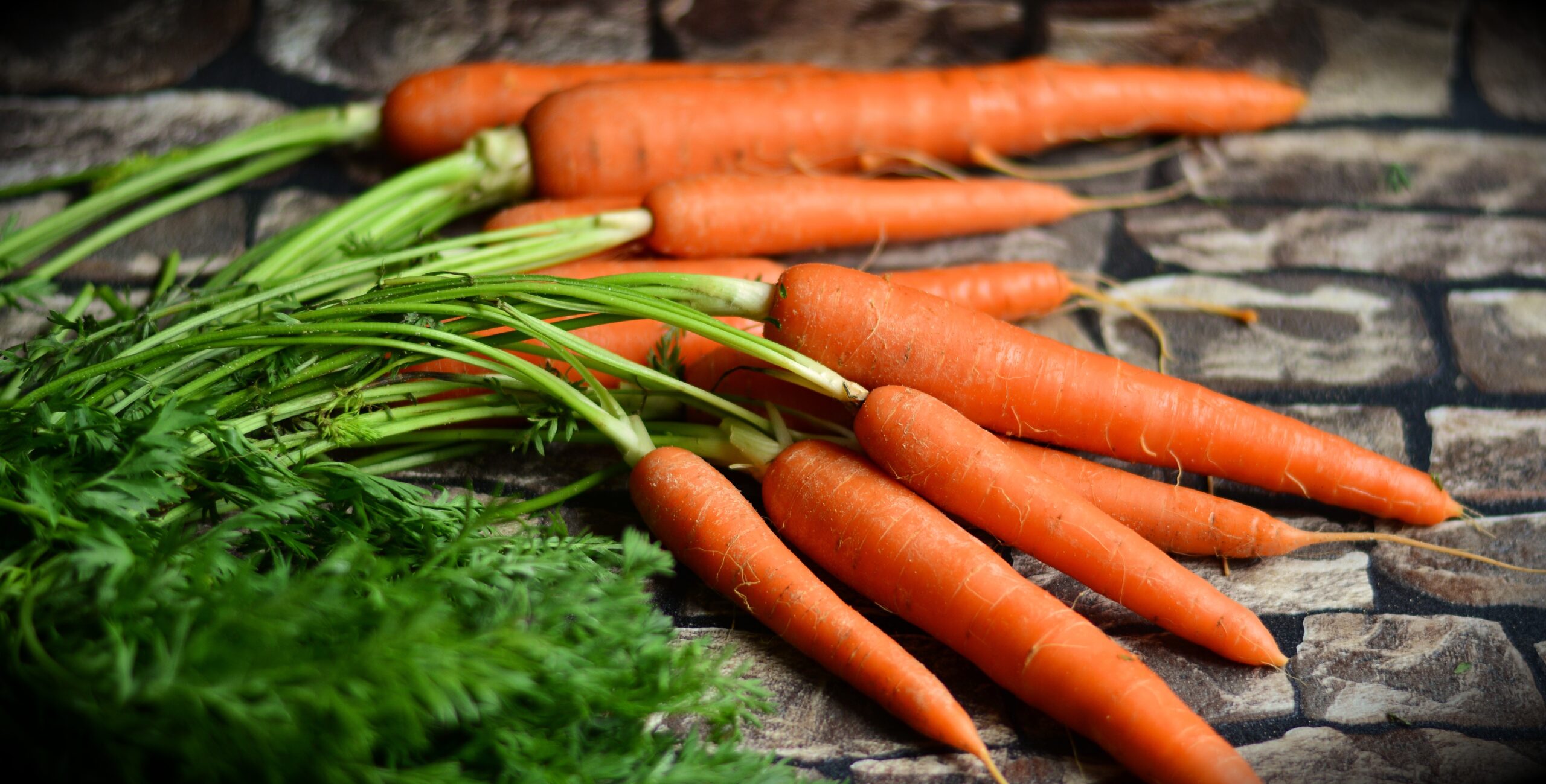What are Antioxidants?
Antioxidants are substances that are known to be scavengers of free radicals. They primarily slow or prevent cell damage caused by free radicals. The body uses both antioxidants and free radicals to protect the immune system. However, when free radicals outweigh antioxidants, a variety of diseases and illnesses result. Some of those diseases are type 2 diabetes, vision problems, Parkinson's, Alzheimer’s, cardiovascular and premature aging diseases. Antioxidants are classified as either naturally occurring or man-made. Natural antioxidants are primarily found in plant-based foods such as fruits and vegetables, with only trace amounts found in animal-based foods. Furthermore, the body’s cells produce important antioxidants like glutathione and alpha-lipoic acid. Human manufactured antioxidants are used in the food industries to increase the shelf life of foods by protecting against deterioration. Antioxidants derived naturally from fruits and vegetables usually involve vitamin A, E, C, carotenoids, and flavonoids. As mentioned earlier, antioxidants fight free radicals, and thus protect the body from dangerous substances. To protect us from harm, the body has its own antioxidant mechanism to keep the free radicals balanced. So, the mechanism relies either on preventing free radicals from being formed or removed by neutralizing them before they damage important cells. This aids in breaking a chain of reactions that could have an impact on other molecules in the cell and other cells in the body.

Free Radicals and Oxidative Stress
Free radicals are produced when people exercise or when the body converts food into energy in the mitochondria, the powerhouse of the cell. There are two sources of free radicals; naturally formed and those derived from the external environment. External sources of free radicals include exposure to air pollutants, radiation, and smoke. Free radicals are oxygen molecules with an imbalanced number of electrons. The presence of an incomplete molecule facilitates its interaction with other molecules. Since they react so quickly with the other molecules, free radicals can cause large chain chemical reactions in the human body. These are referred to as oxidation reactions. In normal situations, free radicals have an important role in several biological processes such as cell division and communication, and fighting infections. In contrast, when an imbalance between free radicals and antioxidants occurs in the body, an unfavorable state is generated. This state is known as oxidative stress, which is linked to damage in a variety of molecular species including DNA and other critical molecules such as lipids, proteins, nucleic acids, and enzymes. Any damage to our DNA can result in a variety of diseases, including cancer, neurodegenerative diseases such as Alzheimer and Parkinson, cardiovascular diseases, and vision problems like cataracts. Furthermore, numerous factors may increase the production of oxidative stress. Some of these factors include anxiety and environmental exposures such as air pollution, smoking, alcohol, unhealthy diet mainly high in fats, excessive consumption or deficiency of antioxidants, and an increased intake of some minerals such as iron.

Antioxidant Food Effects on Free Radicals
As mentioned earlier, antioxidants protect tissue from damage caused by free radicals by inhibiting the formation of radicals and scavenging them, or facilitating their degradation. According to studies, antioxidant-rich foods have been linked to lower free radical production, thus a lower risk of chronic oxidative diseases. There are several forms of antioxidants that include vitamins C and E, carotene, lycopene, lutein, and a wide range of other substances. Those forms have a major role in reducing the risk of illnesses such as cancer, cardiovascular disease, Alzheimer's disease, and vision problems. When people increase their intake of antioxidant-rich foods in their diet, free radicals’ production decreases in the body. Nevertheless, it is extremely crucial to add antioxidant-rich fruits and vegetables to the diet; this will help the body fight infections and diseases thus boost people’s overall health and immunity.
Antioxidant-Rich Foods

Antioxidants are found mainly in plant-based foods such as fruits and vegetables, and small amounts in animal-based foods such as meat and fish. Thus, plant-based foods are the best sources to include in the diet since they are highly enriched in antioxidants. Because antioxidants are so important and beneficial to the body, foods containing these are referred to as superfoods. To obtain antioxidants from superfoods, colorful, bright-colored, and dark green leafy vegetables and fruits should be included in the daily diet. There are various antioxidant-rich foods, however the most known to contain high amounts of antioxidants are listed below.
- Blueberries contain antioxidant compounds known as flavonoids. One of the flavonoids group that is responsible for the health effects of blueberries is Anthocyanin. It provides blueberries with their color, and is proven to fight free radicals.
- Walnuts contain high amounts of polyphenols. This gives walnuts its shiny color and works with antioxidants to fight against diseases such as cancer. Besides, it decreases oxidative stress and inflammation.
- Spinach has two great sources of antioxidants, lutein and zeaxanthin. They play an important role in protecting the eyes from harmful UV light and damaging wavelengths.
- Broccoli has a high concentration of glucoraphanin, a substance during digestion that is transformed into sulforaphane, which is a powerful antioxidant.
- Legumes have primary phenolic compounds like phenolic acids, condensed tannins and flavonoids. Phenolic compounds have various health benefits such as anti-carcinogenic, anti-inflammatory, and anti-atherogenic.
- Dark chocolate includes several antioxidants like polyphenols, flavonols, and catechins. Lucky for chocolate lovers because it is rich in antioxidants.
- Green and black teas are rich in polyphenols including catechins, theaflavins, and thearubigins, so they have several health benefits. They decrease the risk of chronic diseases such as diabetes and cholesterol.
- Pomegranates get their red color from polyphenols- vital antioxidants that fight inflammation and protect cells from damage by removing free radicals.
Keep in mind that a rainbow of colors from both fruits and vegetables provides you with varied types of antioxidants. This variation is what enables the body to fight and attack diseases and infections caused by free radicals.












